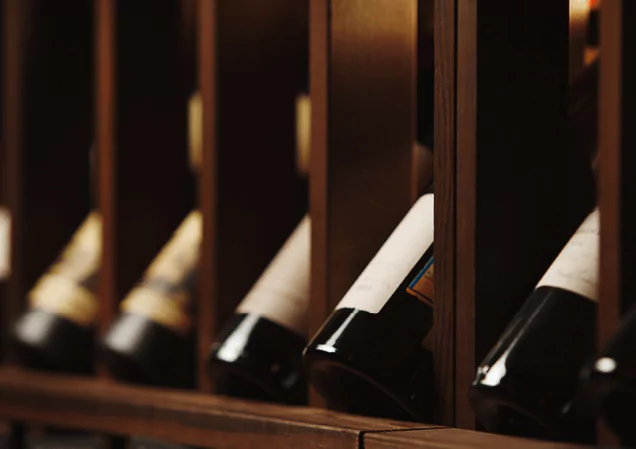

Back in the day, the magic number wouldn’t just sell the wine, it would move the market, a lot. By back in the day, I’m probably most referring to the noughties when a certain Mr. Parker ruled the roost. The inside line on a Parker 100 was as valuable as Lawrence Beeks’ frozen concentrate orange juice production numbers, but maybe not everyone has seen the epic Trading Places’?
These included the likes of Latour ’82, Mouton ’86, Haut Brion ’89, Petrus ’89 and ’90 etc. These were wines with immense stature, with a certain level of maturity, that had been tasted and retasted, and even consumed!
During the noughties, much more information was coming online, the appetite for fresh resource was surging, and maybe immediacy became more important than maturity. Scores were becoming more important, although there was still an air of restraint, yet times they were a changing. When Mr. Parker published his notes for the 2009 vintage, 18 different wines were awarded the perfect score (2 more than the Wine Advocate published for the whole of red Burgundy from years 2009 to 2019 inclusive!). As well as some of the obvious names, the list included the likes of the relatively lowly priced Smith Haut Lafitte and Pontet Canet, to no little effect. But could Smith Haut Lafitte ’09 really be as good as Haut Brion ’89? I somewhat doubt it.
It could be argued that was the beginning of the end for the impact of the perfect score. Since those times, there has been a huge rise in the number of journalists being taken seriously, and an explosion of perfect scores, across all the famous wine regions and price points, yet now it doesn’t seem to matter much. Perhaps it is the current state of the fine wine market in general, or the ennui related to another new release bearing the inevitable headline but ‘flying off the shelves’ is a little used phrase in wine circles at present.
No doubt something to do about improved winemaking but probably more so to do with sales. It is interesting to note that at the “Judgement Of Paris’, in 1976, the lowest score out of 20 was a miserly 2 and the highest of all was 17, a modern-day equivalent of an 85 – how times have changed!
Obviously, 100-point scores were popular with merchants as it meant selling the wines that much easier and with investors as decision-making was so much easier. It didn’t do any harm to the critics searching for subscribers either. The consumer liked it also, particularly if they got in on the cheap, so we are all to blame.
BUT, and it is a big but, any critic worth their salt, would not give anything 100 points unless they truly believed it was a truly great, great wine. If there are multiple critics awarding the magic score, you really can rest easy. Internally, there are many emails circulated with ‘6×100 points’ embedded in their titles, and those wines do tend to sell, just not fly, at the moment!
If you’d like to read more about the current market, click here to find our latest reports.